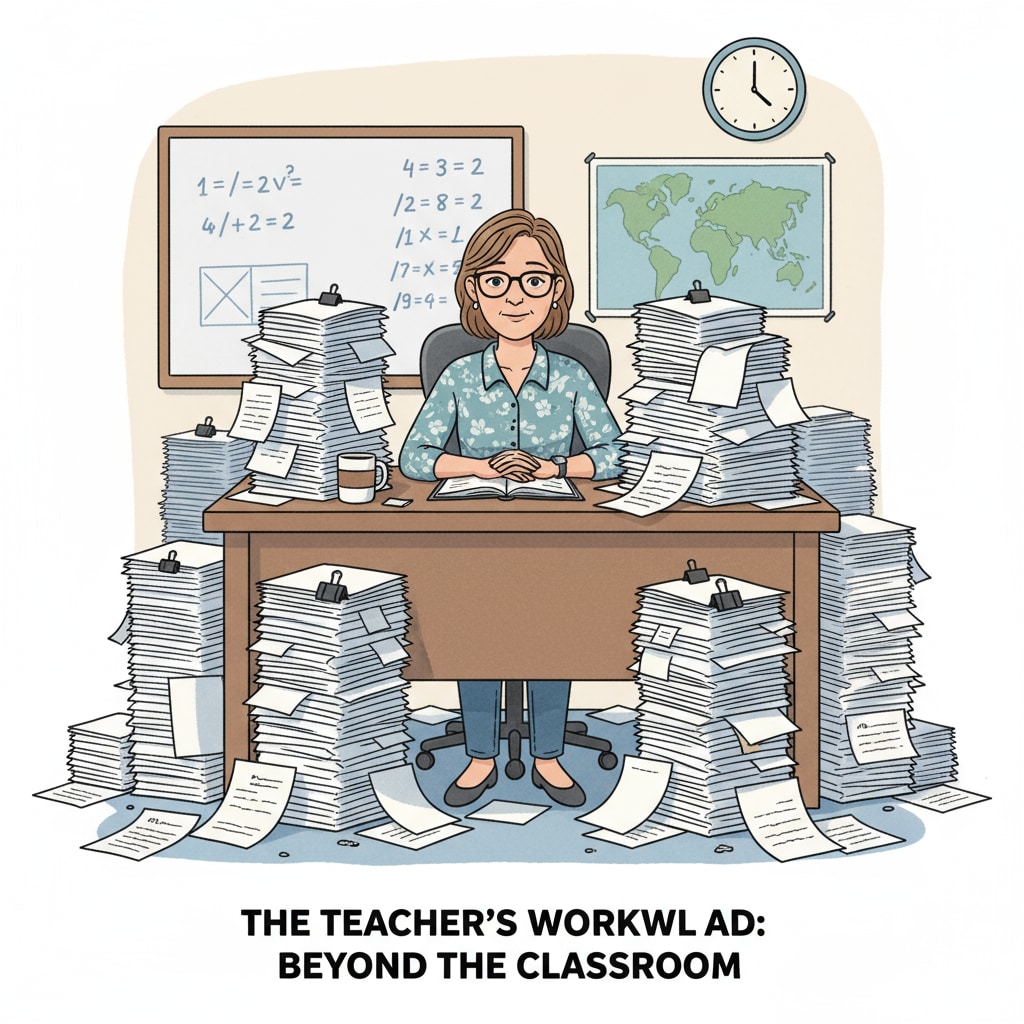In the realm of K12 education, the issues of teacher workload, course arrangement, and job burnout are becoming increasingly prominent. Teachers are often bogged down with an overwhelming amount of courses, which not only takes a toll on their physical and mental health but also has a negative impact on the quality of education.

As we explore this complex issue, it’s essential to understand the root causes and potential solutions.
The Heavy Burden of Teacher Workload
Teachers in the K12 system are frequently faced with an excessive workload. They are responsible for preparing lessons, grading assignments, and managing student behavior, among other tasks. The large number of courses they are required to teach means less time for in-depth preparation and individualized attention to students. For example, a middle school teacher might be teaching five different courses in a semester, each with its own set of curriculum requirements. This heavy workload can lead to stress and fatigue. Teacher workload research on NEA

The Role of Unreasonable Course Arrangements
Poor course arrangements also contribute significantly to the problem. In some schools, the scheduling of courses is haphazard, with teachers having to teach multiple subjects that may not be closely related. This lack of coherence in course planning makes it difficult for teachers to develop a deep understanding of the subjects they are teaching. Additionally, tight schedules with back-to-back classes leave teachers with little time to recharge between lessons. As a result, they may feel overwhelmed and less effective in the classroom. Course scheduling impact on teachers on EdWeek
The combined effect of heavy workloads and不合理的课程安排 has led to a rise in teacher job burnout. Burnout is characterized by feelings of cynicism, depersonalization, and reduced professional efficacy. Teachers who are burned out may be less engaged with their students, have lower job satisfaction, and may even consider leaving the profession. This not only affects the individual teachers but also has a detrimental impact on the overall quality of education.
To address these issues, several solutions can be considered. First, schools should conduct a comprehensive review of teacher workloads and adjust course assignments accordingly. This could involve reducing the number of courses a teacher is required to teach or redistributing the workload more evenly among the teaching staff. Second, course arrangements need to be more strategic. Schools should consider teachers’ expertise and interests when scheduling courses to ensure greater efficiency and effectiveness. Finally, schools should provide support systems for teachers, such as counseling services, professional development opportunities, and stress management workshops.
Readability guidance: By summarizing key points in short paragraphs and lists, we can clearly present the problems and solutions related to teacher workload, course arrangement, and job burnout. Each H2 section provides a focused analysis, and the use of transition words helps to create a smooth flow of ideas.


